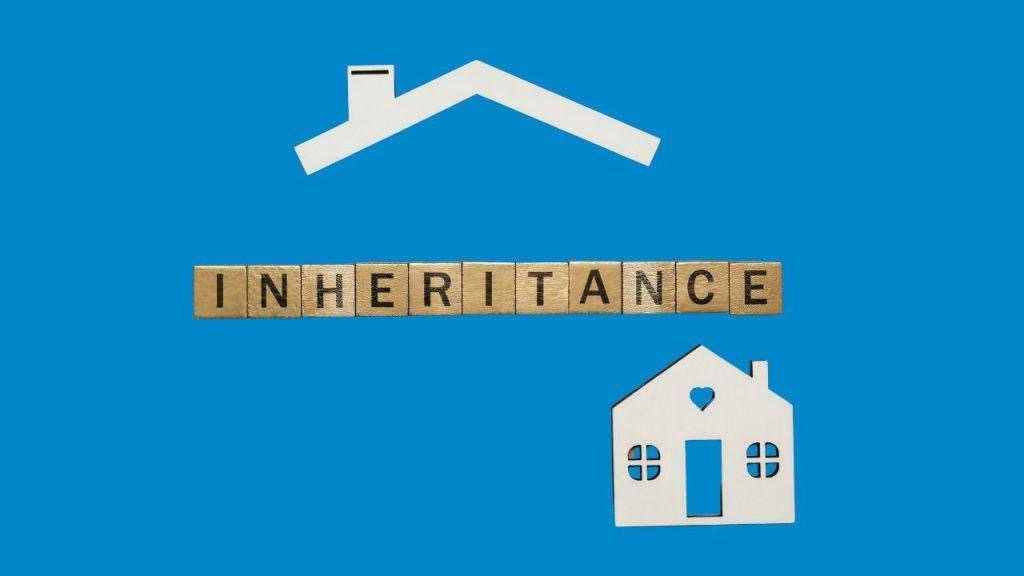“I owe HOW much?!”
If you’ve ever uttered these words while reviewing your tax return, you’re not alone. As a financial advisor who works with high-income millennials, this is one of the most common pain points I hear from clients, especially those with multiple income streams or who’ve recently experienced significant income growth.
Let’s break down why this happens and—more importantly—ways you may be able to fix it to help ensure you’re not caught off guard again.
Understanding Why You Owe Taxes (And Why It’s Not Always Bad News)
First, let’s dispel a common myth: A tax refund is not “free money” from the government. It’s actually your own money that you overpaid throughout the year, essentially paying the IRS earlier and more than you necessarily needed to.
Conversely, owing taxes isn’t necessarily a bad thing—it means you had access to more of your money throughout the year to invest, pay down debt, or otherwise put to work. The real problem arises when the amount owed is unexpected and large enough to strain your finances.
The Progressive Tax System: How Your Money Is Actually Taxed
Many people misunderstand how our tax system works, thinking that if they move into a higher tax bracket, all of their income will be taxed at that higher rate. This isn’t true.
The U.S. has a progressive tax system, which means:
- Each dollar you earn is taxed at the rate for the bracket it falls into
- Only the income within a specific bracket is taxed at that bracket’s rate
- Moving into a higher tax bracket only affects the dollars that exceed the previous bracket
For example: If you’re a single filer in 2025 and you earn $100,000, you don’t pay 24% on the entire amount. Instead:
- The first $11,925 is taxed at 10%
- Income from $11,926 to $48,475 is taxed at 12%
- Income from $48,476 to $103,350 is taxed at 22%
This results in a lower effective tax rate than your marginal tax rate (the highest bracket you reach).
Why Your Withholdings Aren’t Matching What You Owe
Your tax withholdings are essentially an educated guess about your tax liability for the year. Several factors can cause a mismatch:
- Multiple Income Sources: If you have a W-2 job plus a side business, rental income, or capital gains, your W-2 withholdings won’t account for these additional income sources.
- Dual-Income Households: If both you and your spouse work, your combined income might push you into a higher tax bracket than what either employer is withholding for individually.
- Variable Income: Commission-based pay, bonuses, or irregular business income can make it difficult to predict your annual earnings.
- Major Life Changes: Getting married, having a child, buying a home, or starting a business all impact your tax situation.
- Outdated W-4 Form: If you haven’t updated your W-4 in years, it likely doesn’t reflect your current financial situation.
Ways to potentially Fix Your Tax Situation Going Forward
Step 1: Estimate Your Annual Income from All Sources
Start by projecting your total income for the year, including:
- W-2 wages from all jobs
- Self-employment or 1099 income
- Rental income
- Investment income (dividends, capital gains, interest)
- Any other sources of income
If you’re married filing jointly, include your spouse’s income as well.
Step 2: Calculate Your Deductions and Credits
Estimate your potential deductions:
- Standard deduction or itemized deductions
- Retirement contributions
- Health Savings Account (HSA) contributions
- Student loan interest
- Business expenses (if self-employed)
- Tax credits you may qualify for
Step 3: Determine Your Effective Tax Rate
Use your projected income and deductions to estimate your effective tax rate. While this won’t be 100% accurate, it provides a target percentage to aim for in your withholdings and estimated payments.
You can:
- Use tax planning software
- Ask your financial advisor or accountant to help with a projection
- Use the IRS Tax Withholding Estimator online
Step 4: Update Your Withholdings or Set Up Estimated Payments
For W-2 Employees:
Submit a new W-4 form to your employer to adjust your withholdings. You can:
- Specify an additional dollar amount to withhold from each paycheck
- Check the box for higher withholding if you have multiple jobs or a working spouse
- Reduce the number of dependents claimed to increase withholding
For Self-Employed or Those with Significant Non-W-2 Income:
You’ll need to make quarterly estimated tax payments using Form 1040-ES. These payments are due on:
- April 15 (for January-March income)
- June 15 (for April-May income)
- September 15 (for June-August income)
- January 15 of the following year (for September-December income)
Tip: If you have both W-2 income and self-employment income, you can increase your W-2 withholdings to cover your self-employment tax liability instead of making separate quarterly payments. This can be simpler to manage for some people.
Step 5: Understand Safe Harbor Provisions
To avoid penalties for underpayment, you need to meet one of these “safe harbor” requirements:
- Pay at least 90% of the tax you owe for the current year, or
- Pay 100% of the tax shown on your return for the prior year (110% if your AGI was over $150,000)
The second option provides a straightforward target: take your total tax liability from last year, add 10% if you’re a high earner, and make sure you pay at least that amount through withholdings and estimated payments.
Signs Your Tax Planning May Need Professional Help
Consider working with a financial advisor and tax professional if:
- Your income exceeds $250,000
- You own a business or are self-employed
- You have multiple income streams
- You’ve recently received equity compensation
- You’ve experienced a significant life change (marriage, new baby, home purchase)
- You owed significant taxes last year despite your best efforts
Taking Action Now Can Help Save Money Later
If you’ve already been hit with a large tax bill this year, take it as a wake-up call to implement better tax planning strategies. With proper planning, you can:
- Avoid underpayment penalties and interest
- Eliminate the stress of unexpected tax bills
- Potentially identify tax-saving opportunities you’ve been missing
- Create more predictability in your cash flow
Remember, the goal isn’t to pay zero taxes or even to get a refund—it’s to accurately anticipate what you’ll owe so you can plan accordingly and avoid surprises.
Want to discuss your specific tax situation and create a proactive strategy? Let’s talk. Schedule a call with me to review your current tax planning approach and identify opportunities to optimize for the coming year.
This blog post provides general information about tax planning strategies and should not be construed as personalized tax advice. Please consult with a qualified tax professional regarding your individual situation.
CRN202710-8703032


